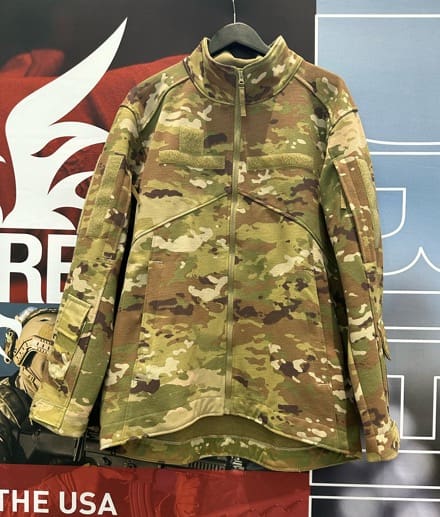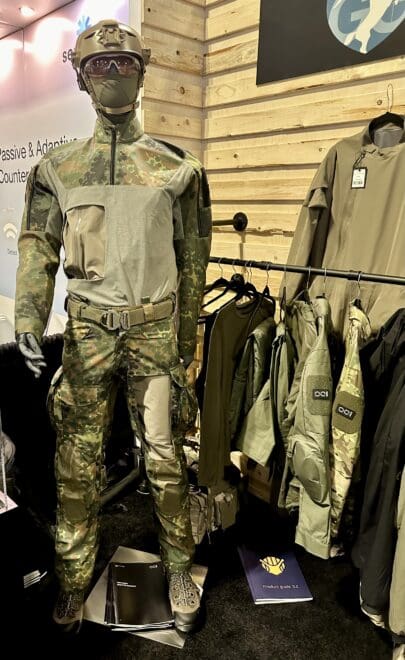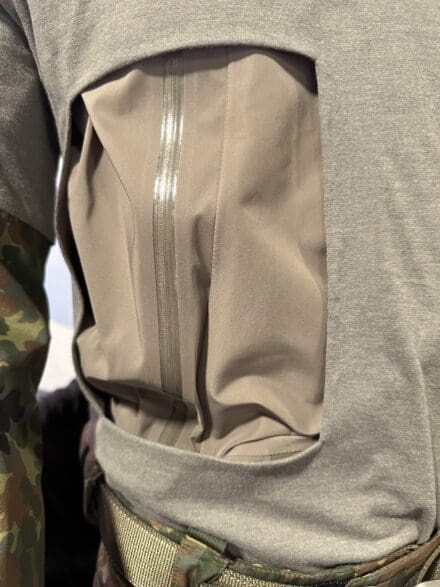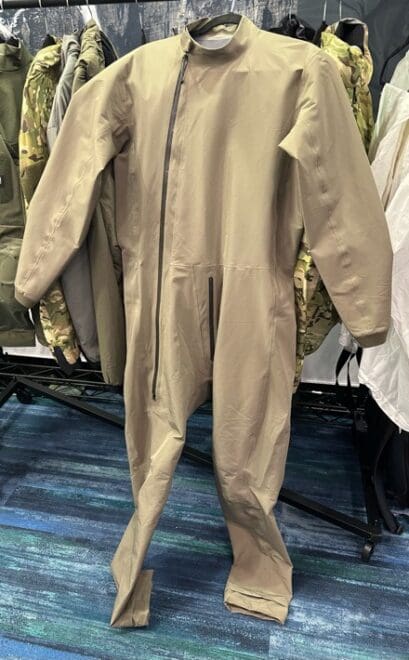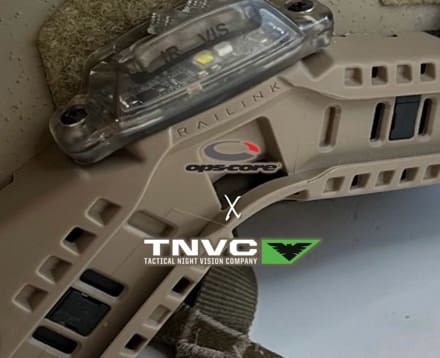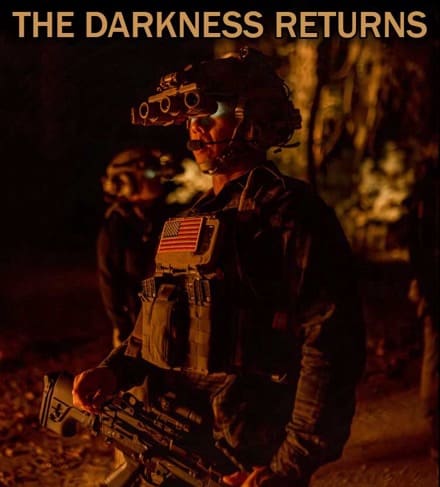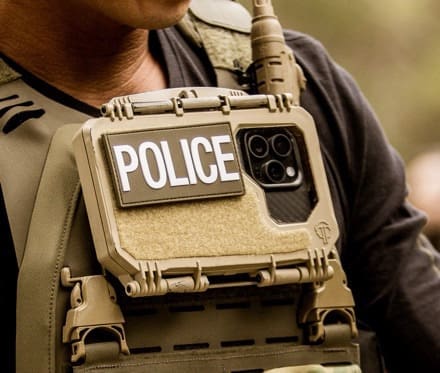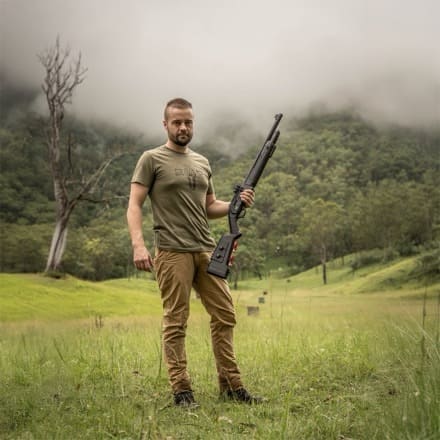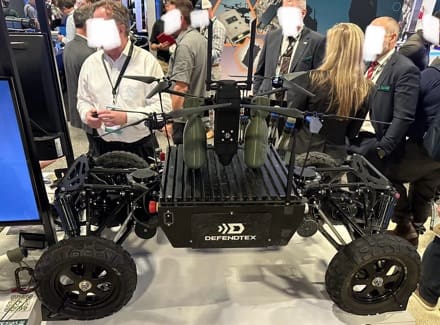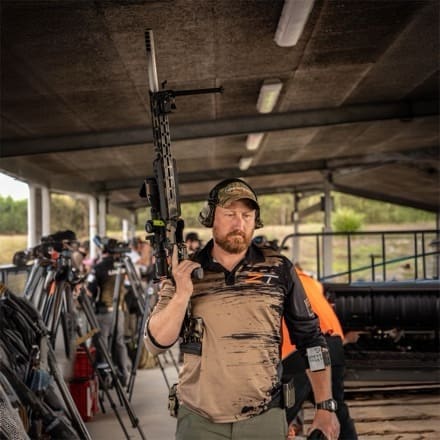
ZeroTech, a leading innovator in precision optical technology, is pleased to announce the appointment of James as the new Head of International Sales. This strategic move comes as part of ZeroTech’s ongoing efforts to expand its global market presence and enhance customer engagement across its international operations.
James brings to ZeroTech a wealth of experience and a proven track record of success in the optics and outdoor industry. Prior to joining ZeroTech, James played a pivotal role at Lightforce Group, the premier distributors of Nightforce in Australia, where he significantly contributed to the expansion and success of the brand’s market reach.
In his new role at ZeroTech, James will be responsible foroverseeing the global sales strategy, fostering key relationships, and leading international sales initiatives that align with ZeroTech’s mission to deliver exceptional quality and innovative optical solutions to customers worldwide.
“I’m genuinely thrilled to join a team that places such a strong emphasis on product development. It’s exciting to bring my background in optics to the table, helping to enhance ZeroTech’s market presence further and drive growth across both new and existing markets,” said James Head.
Chris Watkins, CEO of ZeroTech, commented, “Bringing James into our team underscores our commitment to attracting top talent within the industry. His extensive expertise and proven ability to enhance sales and development are crucial as we continue to innovate and extend our reach on a global scale. James is a perfect fit, not just in capability but also in embodying the spirit and values of ZeroTech. His arrival is a significant step forward in our ongoing pursuit of excellence and leadership within the optics industry.”
James Head’s appointment has been effective as of 19 July 2023, and he will be based out of Queensland, Australia.
You can visit the company website at: www.zerotechoptics.com
Socials: www.instagram.com/zerotechoptics


